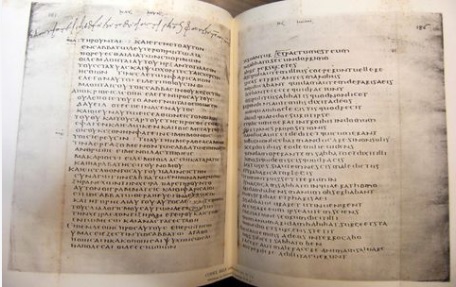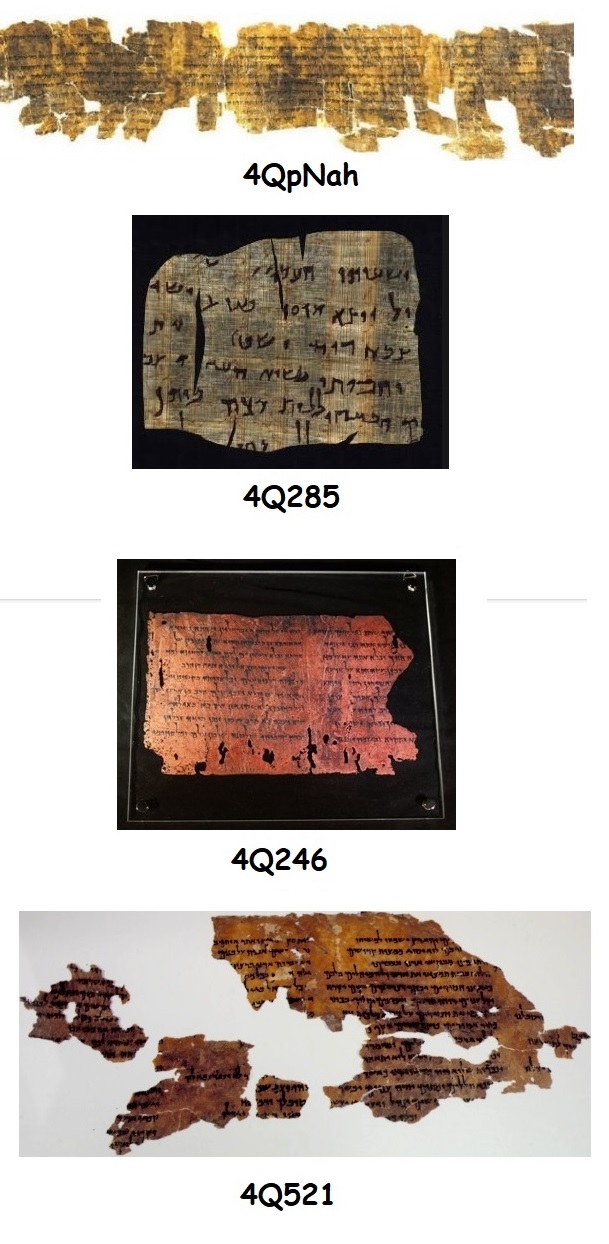François Lange's Le Codex biaisé (December 2023)
A. Gilmore-Thabot
22 December 2023
Just like another French believer in the so-called “mystery” of Rennes-le-Château – something that was unknown before Noël Corbu – and certainly not mentioned by Corbu before the death of Marie Denarnaud in 1953, François Lange tries to make something out of the Bérenger Saunière “parchments” – that Pierre Plantard gave to Jean-Luc Chaumeil, hoping he could publish them in a final attempt to discredit Gérard de Sède, who ran away with all the profits of L'Or de Rennes (the “parchments” were always peddled as being “authentic” by de Sède due to being the selling-point of his books).
Frankly, François Lange going on and on about ancient calligraphy is just nothing but boredom proposed by someone out to create confusion to create more mystification – that just happens to be the believer's universal heartbeat: don't find answers, just find more questions (remember Henry Lincoln's soundbites?).
François Lange proposes that Robert Ambelain (1907-1997) indirectly inspired the creation of the “parchments” by mentioning factors concerning the “uncial script” found in the Codex Bezae – that may, or may not, have merit.

The “parchments” originated within the environment of Pierre Plantard and Philippe de Chérisey in that they were first mentioned in the pseudopigraphical work attributed to Madeleine Blancasall, “Les Descendants Mérovingiens ou l’énigme du Razès wisigoth” (26 August 1965). Not only that, the “grimoire” in question also referred to the “Bergere Pas de Tentation” decoded message – a rather amazing feat since there is NO LOGICAL “decoding technique” to the Large Parchment. Another major reason to believe that they are concoctions of the mid-1960s.
Anyway, François Lange argues that because Robert Ambelain mentioned the verses of Luke as found in the Codex Bezae, that could prove something (L'Initiation, First Quarter, 1967). If we also note that Ambelain wrote “The Gnostic Notion of the Demiurge in Judeo-Christian Scriptures and Traditions” (La notion gnostique du démiurge dans les Ecritures et les Traditions Judéo-Chrétiennes, 1959) we are immediately drawn to the fact that the Large Parchment contains miniature letters that spell out the two words “rex mundi” (François Lange does not mention this).
Incredibly, François Lange concludes “The years 1890-1895 mark, perhaps, the origin of the ‘true-false parchments’ which served as models for the apocrypha revealed by Gérard de Sède in 1967” – after rambling on and on about an apparent continuous thread between the Codex Bezae and all people related with it – and about this same thread being continued by late 19th century French Gnostics.
It's useless trying to find a common thread between the “parchments”, Noël Corbu, and Pierre Plantard & Philippe de Chérisey – since Corbu changed his story about the “parchments” several times. For example Corbu first said the “parchments” were found in a hollow pillar supporting the statue of the Virgin that bore the inscription “Mission 1891”, during the mid-1950s, while on 29 April 1961 it was claimed that a “parchment” (re-enacted by an actor) was found in the church of St Mary Magdalene in Rennes-le-Château. (The documentary La Roue Tourne by Marina Grey, Radiodiffusion-Télévision Française, where Noël Corbu played the role of Bérenger Saunière).
It's best to stick to the provable facts. The idea for manufacturing the two “parchments” by Pierre Plantard and Philippe de Chérisey was the popularity of The Dead Sea Scrolls during the mid-1960s in France. Pierre Plantard and Philippe de Chérisey wrote letters to each other and this is partly what is contained in the said correspondence. Any link between Robert Ambelain and the “parchments” would have been secondary. There is absolutely no need to dig-up the entire history of the Codex Bezae and its uncial script!

|

